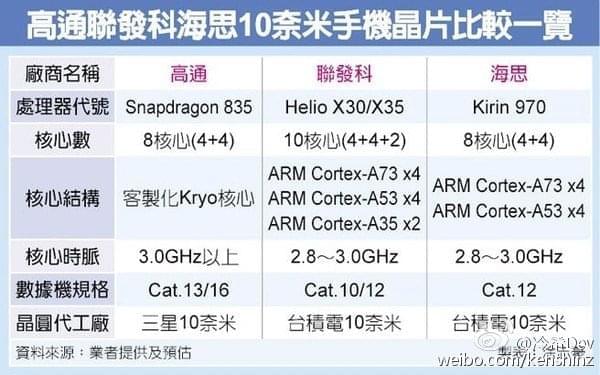If only Huawei’s handsome, high-tech Honor Magic phone was coming to the US
Posted 7 hours ago by
Devin Coldewey, Contributor
Lucky China, always getting the good stuff. First pandas, and now the
Huawei Honor Magic. This curvy beauty is packed with interesting tech, from a dual-camera system on the back to an eye-tracking sensor from Tobii on the front — and a whole lot of custom software in between.
The display underneath that lovely smooth glass is a 5-inch AMOLED one with a2560×1440 resolution, giving it an exceedingly high 577 PPI. Dual 12-megapixel cameras on the back, one color and one monochrome, should produce excellent imagery.
The frame is itself a sensor, the home button is also a fingerprint reader, and on the front is an eye-tracking unit from Tobii, which generally builds them into laptops and monitors — this is the first smartphone they’ve put one in.
“The consumer electronics industry is placing emphasis on eye tracking as a new, exciting interaction modality,” said Tobii Tech president Oscar Werner in a press release. “We see this happening simultaneously in gaming, VR and smartphones.”
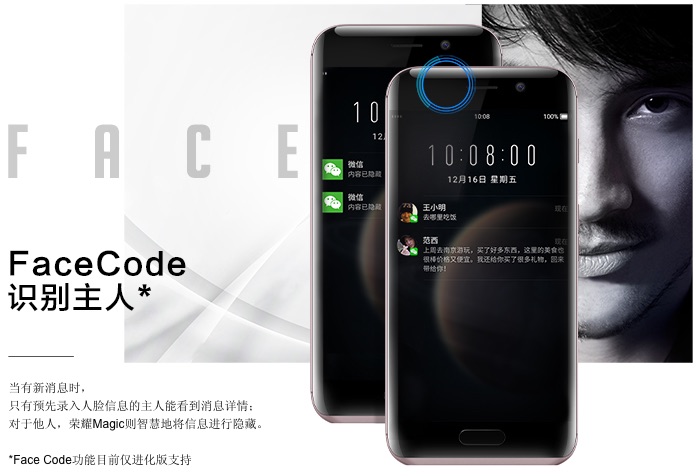
It’s used for a multi-factor authentication technique Huawei calls WiseScreen. When you pick up the phone, the frame senses how you’re holding it, and Tobii sensor checks your eyes. If you pass, it unlocks right away. Face recognition is also built in, and you can register your face and a few other ones that can check notifications. The usual caveats for biometric authentication apply, of course.
As if that wasn’t “Magic” enough, Huawei’s custom Android build adds context-sensitive information to Wechat, maps, and the browser, giving you the usual AI assistant stuff: movie times, directions, tracking numbers, that sort of thing. One I might actually use: hold down the home button in the browser and it’ll pull up lots more info on whatever page you’re visiting, presumably more news stories, Wikipedia entries and so on.
Alas, as with many of Huawei’s devices, this one is China-only, with little chance of appearing on this side of the Pacific. But if it’s a hit, you can probably expect some of these features, or let’s hope this fabulous design at least, to appear in an international device. We’ll be sure to check this thing out when we’re at CES in a couple weeks; in the meantime,
more info is available at JD if you can read it.
@Bussard Ramjet Lucky India?

 https://techcrunch.com/2016/12/16/i...-tech-honor-magic-phone-was-coming-to-the-us/
Honor Magic tucks Huawei's latest smarts into a slab of glass
https://techcrunch.com/2016/12/16/i...-tech-honor-magic-phone-was-coming-to-the-us/
Honor Magic tucks Huawei's latest smarts into a slab of glass
Dual-lens camera, curved display, faster charging, contextually-aware assistant and more.
Richard Lai,
@richardlai
6h ago in
Mobile
Huawei is probably best known for its Leica-branded smartphones aimed at high-end users, but its e-commerce brand Honor has also been busy entertaining affordable markets with some surprisingly nice devices -- namely the
8 and the
Note 8. To wrap up the year, today the company announced the Honor Magic to showcase some of its latest goodies. "This is an experimental product of ours," said Richard Yu, CEO of Huawei's Consumer Business Group. "This concept phone will help us pre-evaluate uncertain future technologies." In a nutshell, the Magic is a mix of fresh design, faster charging tech, smarter assistant and interesting improvements on other aspects of user experience.
Gallery: Honor Magic hands-on | 27 Photos

First and foremost, the device comes with a nice 5.09-inch AMOLED curved display with QHD resolution (577 ppi), and Honor took one step further by also curving the top side. These three round edges are mirrored to the phone's glass back, so if it weren't for the metallic chin and mid-frame, the Magic would resemble a piece of polished black pebble. And because of the moderate body size plus the curved back, the Magic feels nice in my hand.
To my surprise, the Magic is powered by an aging Kirin 950 -- the same octa-core SoC inside last year's
Mate 8 -- which is quite disappointing for a "concept phone." That said, it still comes with 4GB of RAM plus 64GB of internal storage, the same set of cameras as the Honor 8 (a 12-megapixel f/2.2 dual-lens camera plus an 8-megapixel f/2.4 selfie camera), global LTE bands and dual SIM connectivity (but secondary SIM is limited to 2G). Gone are the usual Android navigation keys below the screen; they are all rolled into the multi-function fingerprint reader on the front: Press for home, double tap to show recent apps and swipe left to go back. I'm not a fan of this implementation, but it does free up some space on the bezel for easier holding.
The 2,900 mAh battery here may not sound so appealing when many of the latest flagship phones are offering an extra 300 to 800 mAh more juice, but the focus here is actually on the battery's new graphite structure courtesy of
Huawei's 2012 Lab. According to internal tests, a 10-minute charge can already get a depleted battery back to 40 percent, whereas a 20-minute charge gets you up to 70 percent. Based on our quick percentage conversion, this appears to be breaking the record previously set by the
Moto Z Force and its 30W charger. And for those who are wondering, Honor pointed out that there are protection mechanisms in the phone, the charger and even the bundled cable to keep you safe.
One less noticeable addition on the Magic is the infrared camera on the front, which makes use of
Tobii's eye-tracking algorithm. When you pick up the phone, the screen will automatically turn on
onlywhen you're looking at it. This means you won't have to find the power button while picking up the phone. On top of that there's the FaceCode feature: The notification content on the lock screen is hidden by default, but it's automatically displayed when the phone recognizes your registered face.
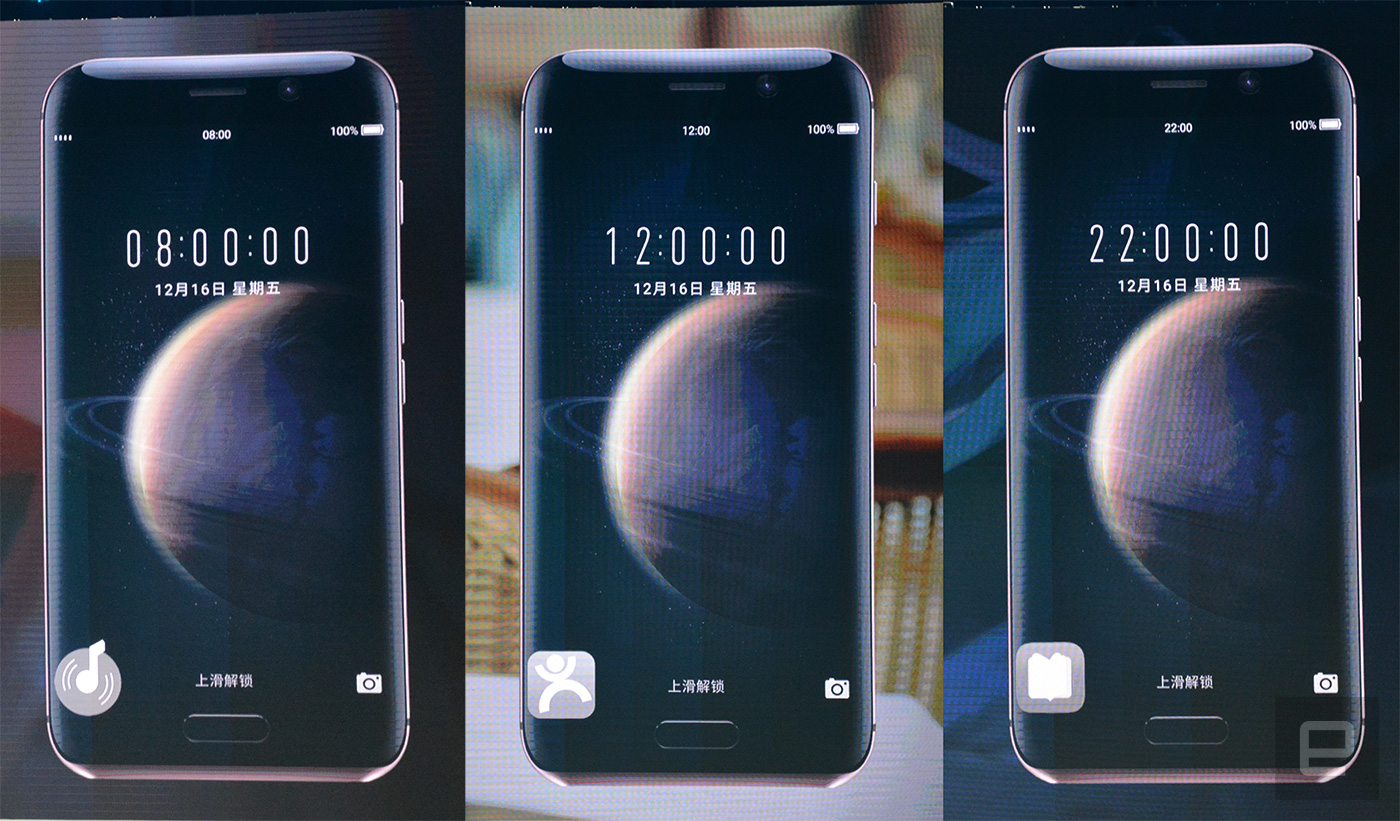
Things get even more interesting on the software side. Honor's Magic Live UI is based on Android 6.0 and packs many situation-aware features. My favorite one is the lock screen shortcut key that's automatically generated based on one's daily habit. For instance, over time the phone will learn that when you go to work at 8AM you tend to listen to music, so it'll show the music app's icon in the bottom left corner of the lock screen around that time; at noon you tend to use a restaurant guide app to find a spot for lunch, so the shortcut will be there for you then; and so on. Another useful scenario is when you whip out the phone in the dark, that same spot will give you the flashlight button just in case.
The Magic's lock screen also automatically brings up relevant information based on your location, messages and purchase history. Say when you're off to pick up a parcel from the courier, the phone will load up your parcel's tracking number as you approach one of the designated collection points. Likewise with electronic boarding passes when you're at the airport, and the same goes for movie tickets when you're at the cinema. Soon after booking a cab through an app --
Didi Chuxing, in this case -- the lock screen will also retain the driver's details until your ride starts. All of this is a bit like Google Now but without having to unlock your phone (and besides, Google Now doesn't work in China unless you use VPN).
The list of intelligent features on the Magic doesn't stop there, so we'll keep it brief: There's driving detection to remind the user to switch to the driving interface (Motorola did this first with the
Moto X back in 2013); when on WeChat, the default keyboard recommends an answer whenever you get a generic question -- be it about the weather or an address; and long press the home button to toggle DeepThink on-screen keyword search (which is Huawei's own take on Google Now's screen search feature).
Alas, unlike previous Honor devices, the Magic doesn't come cheap: It's priced at 3,699 yuan which is about $530 -- just a tad more expensive than Xiaomi's very own "concept phone," the
Mi MIX. Not that it matters for most of us, anyway, as we understand that much like the Mi MIX, the Magic won't be available outside China. But if all goes well, some of the aforementioned features may eventually end up on future Huawei-branded devices, so just sit back and let others be Huawei's guinea pigs for the time being.
https://www.engadget.com/2016/12/16/huawei-honor-magic/







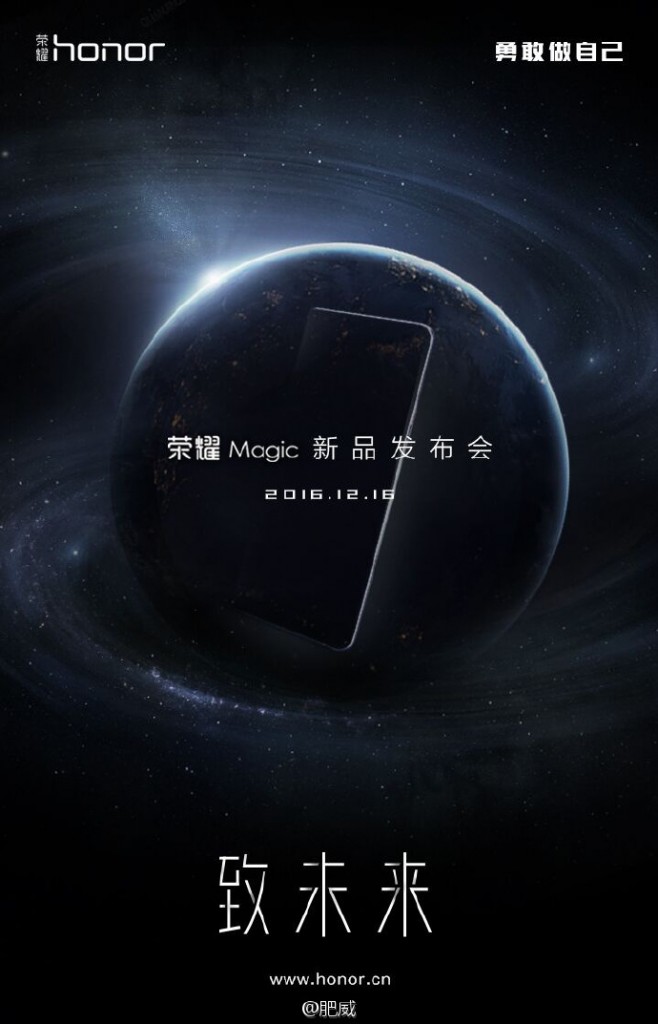
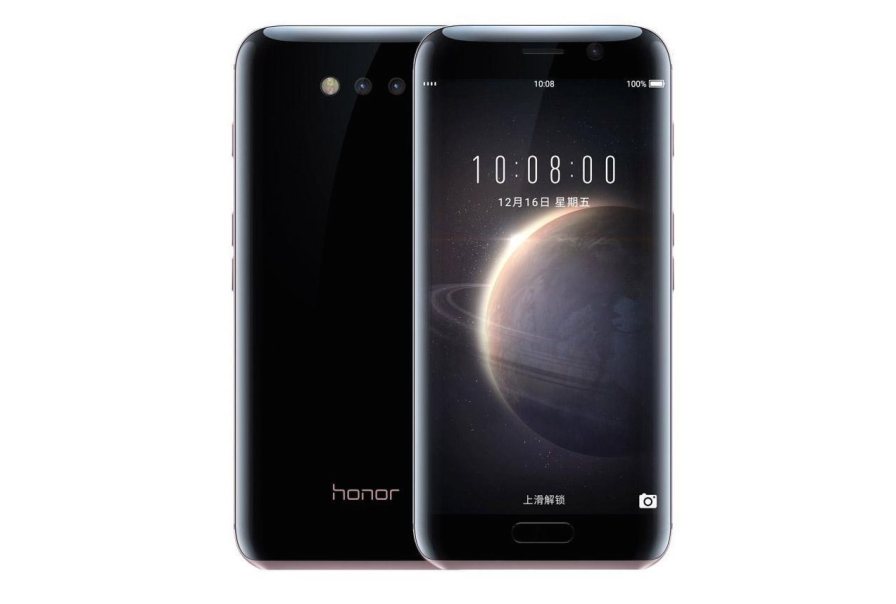



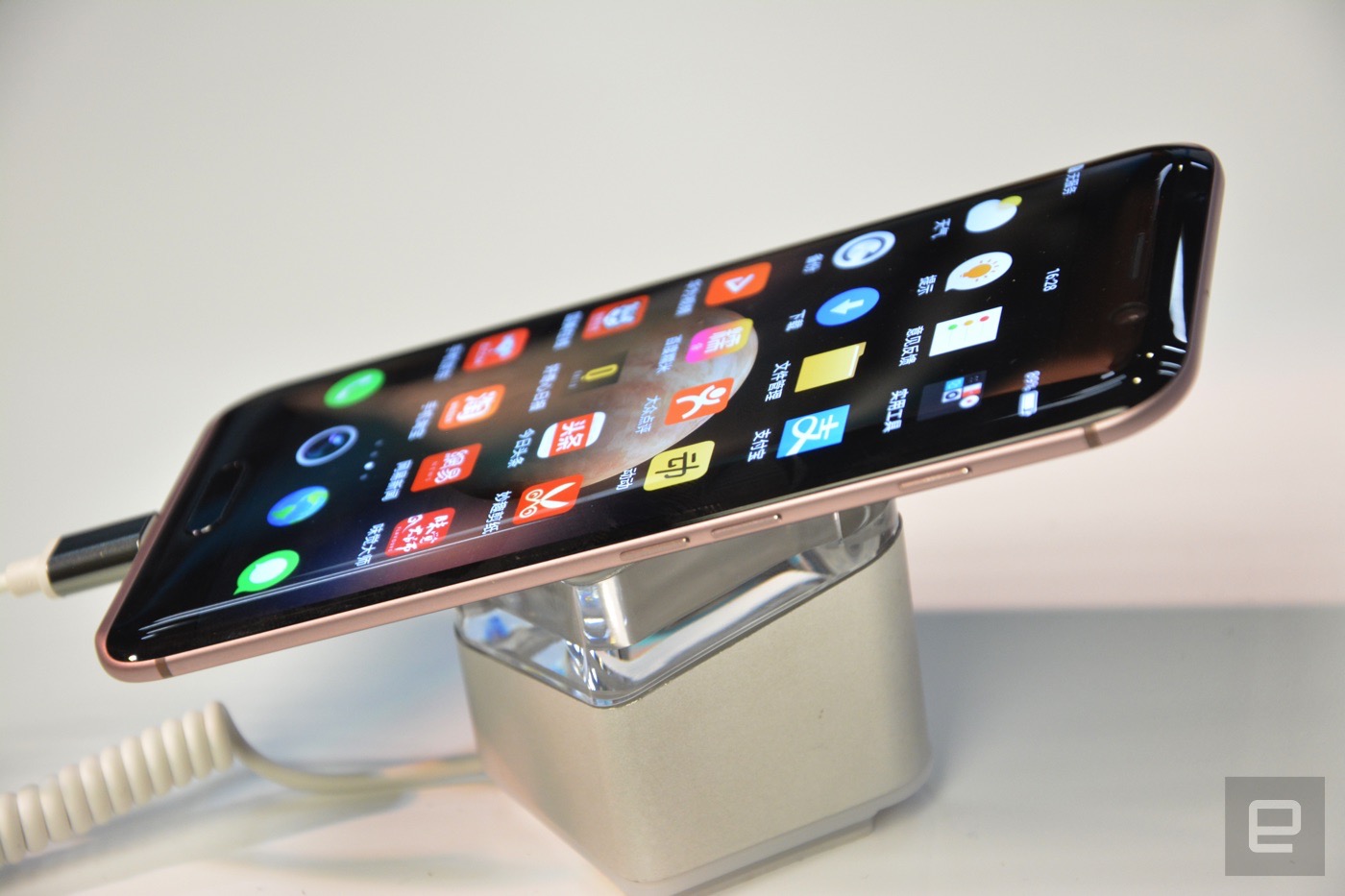








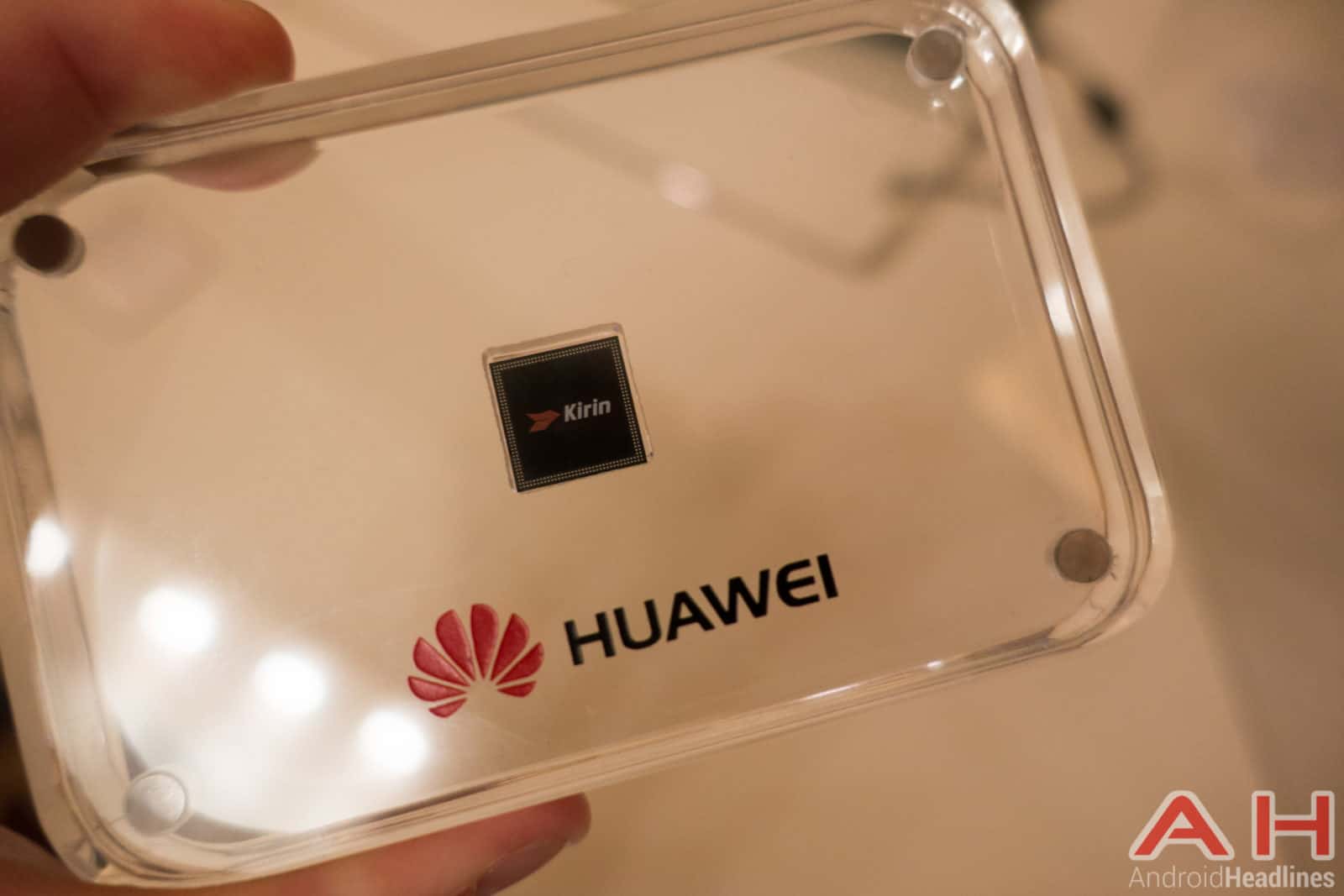
 , but it remains to be seen how accurate are those rumors. In any case, 2017 could be a really interesting year for Huawei and the company’s processors.
, but it remains to be seen how accurate are those rumors. In any case, 2017 could be a really interesting year for Huawei and the company’s processors.